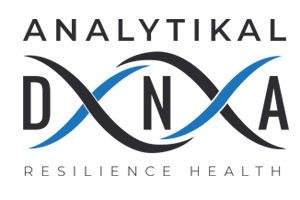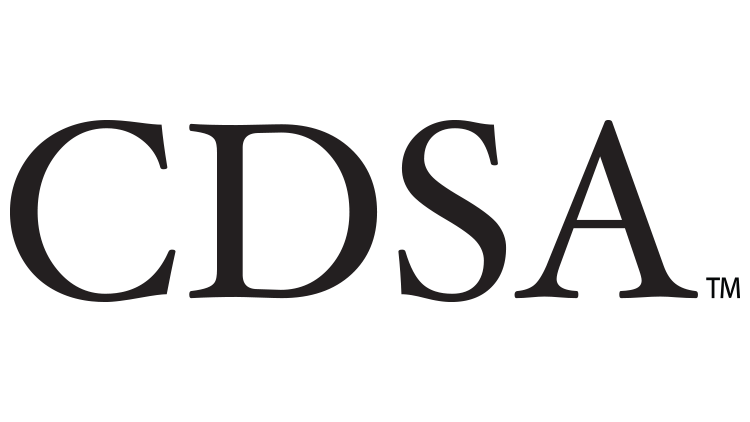Description
Comprehensive Stool Analysis for Optimal Clinical Utility
The Comprehensive Digestive Stool Analysis (CDSA)™ offers a comprehensive look at the overall health of the gastrointestinal (GI) tract. The CDSA™ is Genova’s historic evaluation of gastrointestinal function assessing a select set of stool biomarkers.
This stool analysis evaluates:
- Digestion/Absorption Markers
- Gut Metabolic Markers
- Gut Microbiology Markers
This diagnostic stool analysis provides immediate, actionable clinical information for the estimated 50% of patients seen by primary care practitioners who have gastrointestinal complaints. For greater insight into the clinical utility of the CDSA™, please read the Clinical Overview below.
CDSA Stool Analysis offers insight into common gastrointestinal conditions
Evidence suggests that both local and systemic health issues may begin as imbalances in gastrointestinal function. Some of the consequences of imbalanced gastrointestinal health are:
- Maldigestion
- Malabsorption
- Irritable Bowel Syndrome (IBS)
- Altered GI immune function
- Bacterial/fungal overgrowth
- Chronic dysbiosis
Clinical Overview
What is the Comprehensive Digestive Stool Analysis (CDSA)™?
The Comprehensive Digestive Stool Analysis (CDSA)™ is Genova’s historic stool profile providing an informative and flexible screening of gastrointestinal function. This stool analysis evaluates:
- Digestion/Absorption:
- Chymotrypsin
- Putrefactive Short–Chain Fatty Acids
- Meat and Vegetable Fibers
- Fecal Fats
- Gut Metabolic Markers
- Beneficial Short–Chain Fatty Acids (SCFA) with n–Butyrate
- n–Butyrate
- Beta-Glucuronidase
- pH
- SCFA distribution
- Fecal Lactoferrin
- Macroscopic (color, mucus)
- Occult Blood
- Gut Microbiology Markers
- Beneficial Bacteria
- Additional Bacteria
- Mycology
When should CDSA™ be considered?
CDSA can reveal important clinical information about many common symptoms such as gas, bloating, abdominal pain, diarrhea, and constipation. Fecal Lactoferrin and Occult Blood provide insight into potential gut inflammation.
What advantage does CDSA™ offer compared to other diagnostics?
Traditional GI testing has required advanced imaging and inconvenient testing procedures that can be costly. The CDSA stool analysis offers a user-friendly way to provide clinicians with valuable insight into GI imbalances.
What can clinicians and patients expect from CDSA™ compared to other diagnostics?
Evidence suggests that both local and systemic health issues may begin as imbalances in Gastrointestinal function. The CDSA stool test provides immediate, actionable clinical information for patients presenting with GI complaints. It aids clinicians in the identification of root cause(s) of digestive discomfort and supports identification of targeted treatments.



